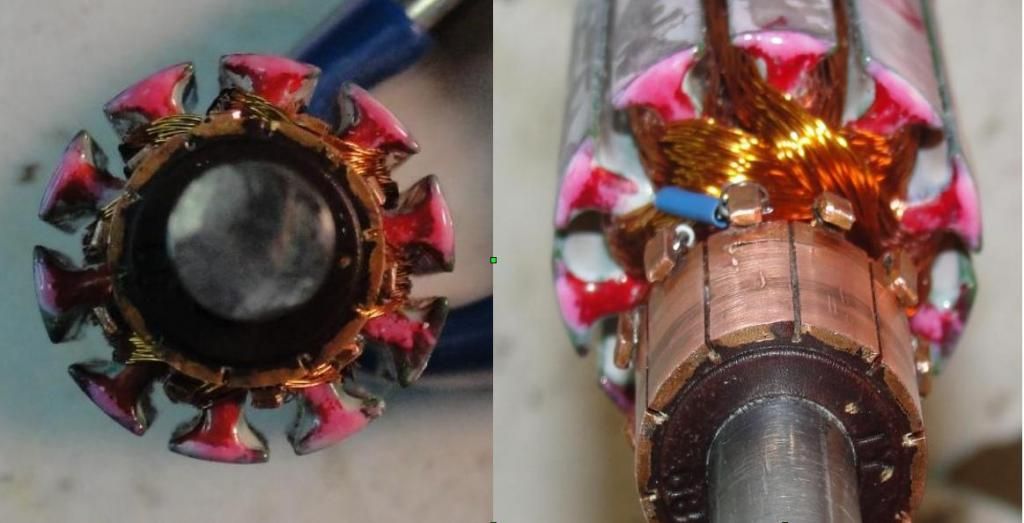Originally posted by Midaztouch

why do I suggest this model?
call me a copy-KAt theorist ...
https://at37.wordpress.com/2013/01/1...agnetic-field/
selah

 [/IMG]
[/IMG]











 [/IMG]
[/IMG]
 [/IMG]
[/IMG]

 [/IMG]
[/IMG]





Comment